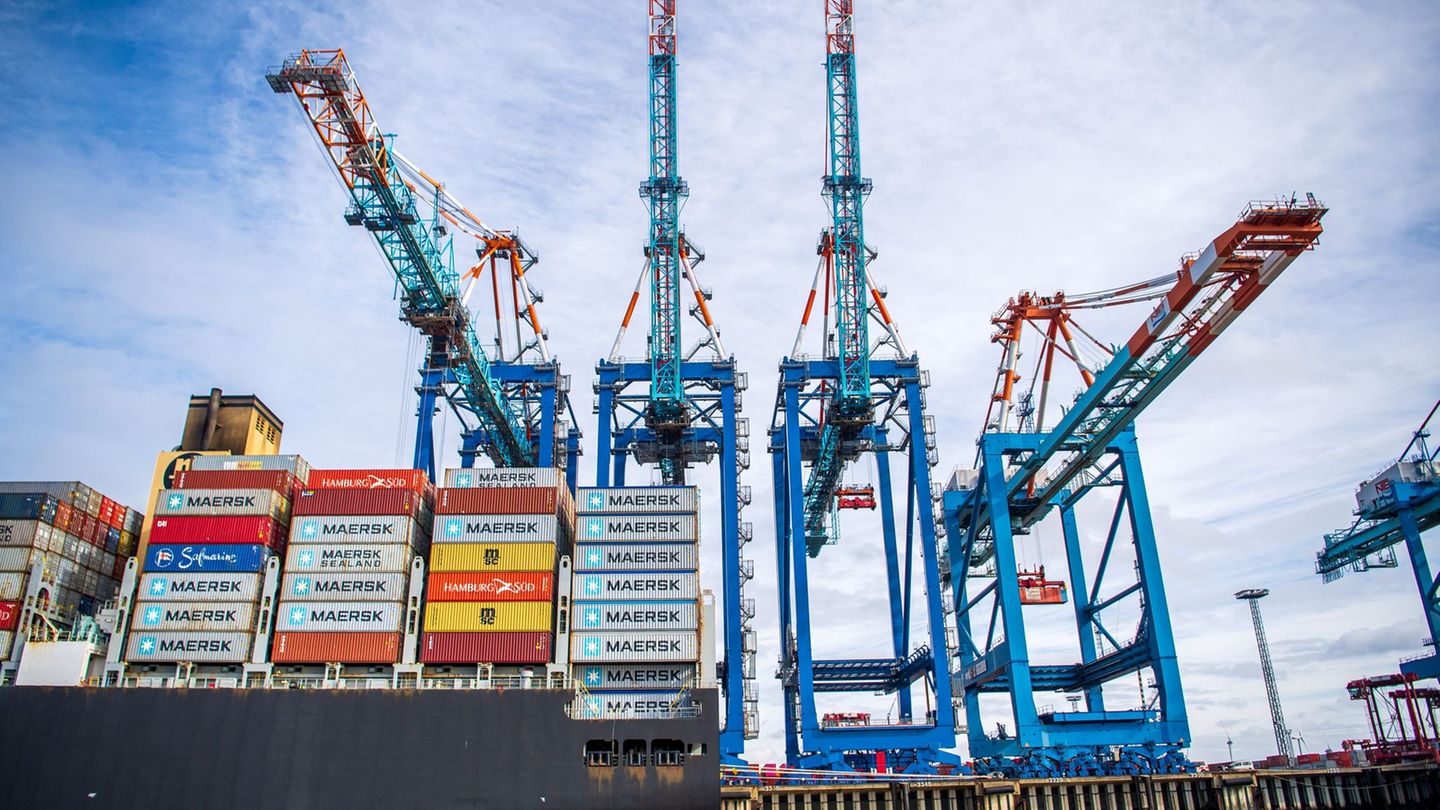Menu
Business: Dampers: IFO index sinks – economy diverted regionally
Categories
Most Read
Retire earlier: These tips make it possible
October 15, 2025
No Comments
Auto industry: Auto company Stellantis invests billions in the USA
October 15, 2025
No Comments
Ex-real estate tycoon: Trial against Benko continues – witnesses turn
October 15, 2025
No Comments
Receiving a pension even though you have never worked – you can get that
October 15, 2025
No Comments
Car batteries: Battery manufacturer CATL expands testing capacities
October 15, 2025
No Comments
Latest Posts

The UN warned of war crimes against civilians in Gaza despite the ceasefire
October 15, 2025
No Comments
The United Nations Organization (UN) This Wednesday he expressed his “concern” about the violations of rights and freedoms that Palestinian civilians would continue to suffer

Is the dollar tightening again? The market reacts to Donald Trump’s electoral conditioning for financial aid
October 15, 2025
No Comments
October 15, 2025 – 08:34 The exchange market operates with tension after the statements of Donald Trump and the clarifications of Minister Luis Caputo. The

Al Pacino and Robert De Niro: Hollywood icons advertise together for the first time
October 15, 2025
No Comments
Lisa HarrisI am an author and journalist who has worked in the entertainment industry for over a decade. I currently work as a news editor
24 Hours Worlds is a comprehensive source of instant world current affairs, offering up-to-the-minute coverage of breaking news and events from around the globe. With a team of experienced journalists and experts on hand 24/7.

